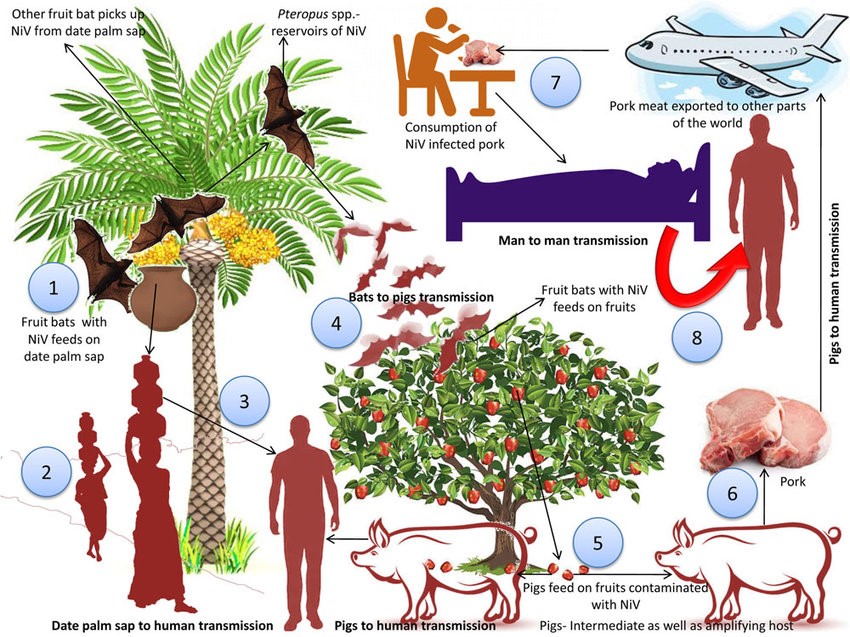Free Courses Sale ends Soon, Get It Now


Free Courses Sale ends Soon, Get It Now



Disclaimer: Copyright infringement not intended.
Context:
What do we know about Nipah virus outbreaks?
How does the Nipah virus originate and spread?
What are the symptoms of the disease and how is it diagnosed?

What treatment exists?
https://www.thehindu.com/sci-tech/health/explained-nipah-a-highly-pathogenic-paramyxovirus-and-handling-it-requires-the-highest-grade-facilities/article36318910.ece?homepage=true
© 2024 iasgyan. All right reserved